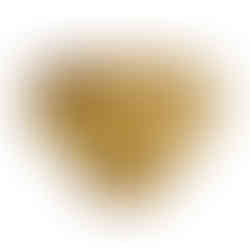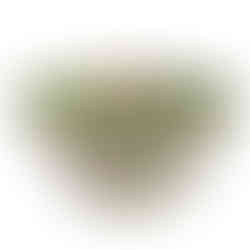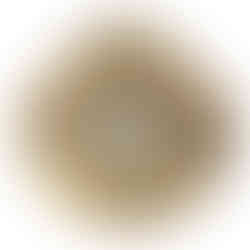Of boats and yokes
- willa

- Feb 12, 2021
- 3 min read
Updated: Dec 21, 2024

I am often asked the question: can you transport porcelain safely all over the world? The answer is: yes of course, in fact porcelain travels very well if packed correctly! But if you have been a buyer of porcelain recently, you will know that transport has been a bit challenging recently.
But not impossible - all your treasures have been arriving safely though slowly, and after a short pause we are now shipping as normal again!
Global status update
As a result of a triple whammy of the holiday period, the pandemic and Brexit, global shipping routes between the UK and the rest of the world have been in a fair amount of chaos over the last 2 months. The good news is that the problems are being ironed out and after a pause, we have resumed shipping without too many problems - although you should still expect some small delays.
Shipping between the UK and the EU
The biggest change is between the UK and the EU. As a result of Brexit, suddenly there are VAT charges between the UK and the rest of Europe. But here's the good news:
We have found a solution and if you are in the EU and buy from us, you will not be charged extra for VAT or customs duty!
Please help us save the planet

We all know that our planet is in trouble. Transporting items all over the world doesn't help. That's why we try to minimise the impact of our shipments.
All boxes are recycled and/or reused and can be recycled again. We only buy starch packing nuts that will dissolve in water and are harmless, and we reuse any packing nuts we receive. The only difficulty is with bubble wrap and tape, which cannot be recycled. We haven't found a suitable solution for that yet. The days of wrapping in straw are over, so please re-use your bubble wrap as many times as you can - and you should know that if it looks old, that is because we reuse all bubble wrap we receive and buy as little as possible 🌍♻️
The good old times
So if transport is so challenging today, how on earth did they do it in the old days? They didn't have cardboard boxes and certainly didn't have bubble wrap. But they had all kinds of clever ways to make sure porcelain would arrive without any breakage - and to be honest, many of the blemishes you see on antique porcelain today might be the result of the item's very first journey out of the factory.

The traditional Chinese way to transport porcelain was either by yoke over land, or by boat. Water doesn't have any bumps so transport over water is by far the safest, but of course suspended comes as a close second (unless you trip over a bump in the road and crash with your heavy load). Here you see some porcelain transporters resting by the side of the road.
Another way to transport porcelain, very popular in the UK, was by narrow boat. That is why you can often find British factories by the side of a river or canal - both to bring in the coal and clay, and to carry the finished porcelain safely to the retailer or customer.

I live and work near the River Lea in North East London. This was an important route for porcelain boats. Those 19th Century narrow boats are very popular as house boats today and it feels wonderful to cycle along the river to my stock room and feel the connection with the time when porcelain was made in the North and transported to London in these very same boats.
Where to find things
You can find all my available stock here. If you always want to see the latest additions, follow me on Instagram... I post pictures and a story every single day.
Wish List ❤️
Don't forget, you can now create your own profile on the site and keep a wish list. Click on the Log In icon at the top right of each page.
Happy weekend, and watch out with that porcelain! 🏺⚱️🏺

This week's new treasures:






















































Comments